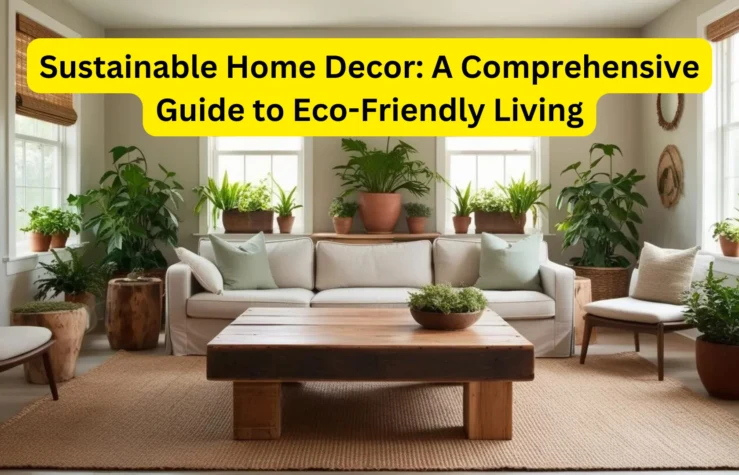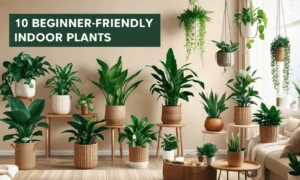Sustainable home decor is not just a trend; it’s a commitment to creating a living space that reflects your values while minimizing your environmental impact. As the world becomes increasingly aware of the need to preserve our planet, sustainable design has emerged as a crucial aspect of modern home decor. In this guide, we’ll explore what sustainable home decor entails, why it’s important, and how you can transform your home into an eco-friendly haven.
What is Sustainable Home Decor?
Sustainable home decor refers to designing and decorating your living space in a way that reduces waste, conserves natural resources, and promotes environmental health. This involves choosing materials, furniture, and accessories that are eco-friendly, ethically sourced, and durable. The goal is to create a home that is not only beautiful but also responsible in terms of its environmental footprint.
Why Sustainable Home Decor Matters?
- Environmental Impact: Traditional home decor often relies on materials and practices that are harmful to the environment, such as non-renewable resources, toxic chemicals, and wasteful production methods. Sustainable decor reduces this impact by using recycled, upcycled, and natural materials that are less harmful and more sustainable.
- Health Benefits: Many conventional home decor items contain harmful chemicals like formaldehyde and volatile organic compounds (VOCs), which can affect indoor air quality and contribute to health issues. Sustainable alternatives are often free from these toxins, making your home safer for you and your family.
- Economic Considerations: While some sustainable products may have a higher upfront cost, they often save money in the long run due to their durability and the reduced need for frequent replacements. Additionally, energy-efficient appliances and lighting can significantly lower your utility bills.
Key Elements of Sustainable Home Decor
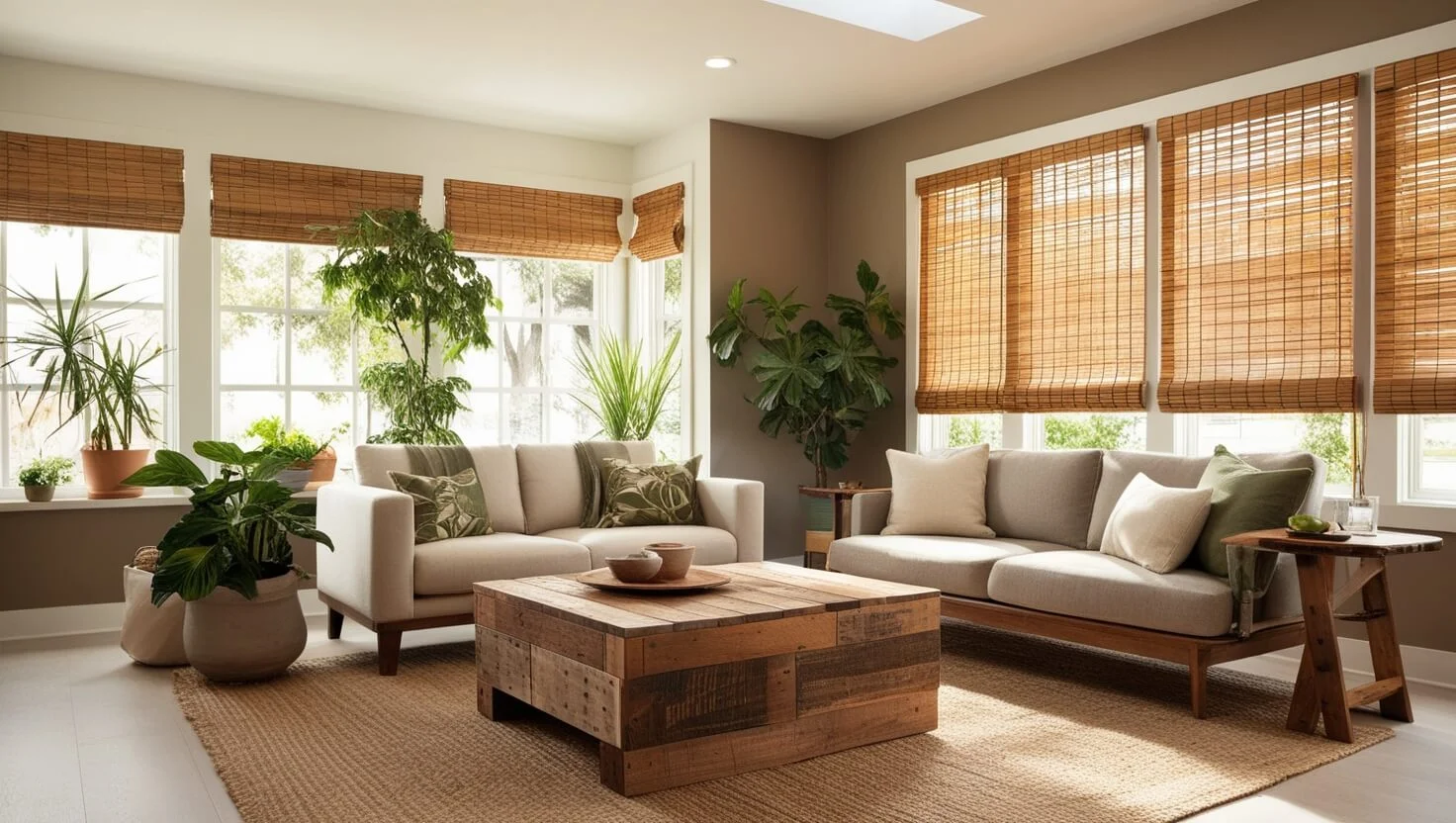
- Eco-Friendly Materials: Choose furniture and decor items made from sustainable materials such as bamboo, reclaimed wood, recycled metal, and organic fabrics. These materials are renewable, biodegradable, and often require less energy to produce.
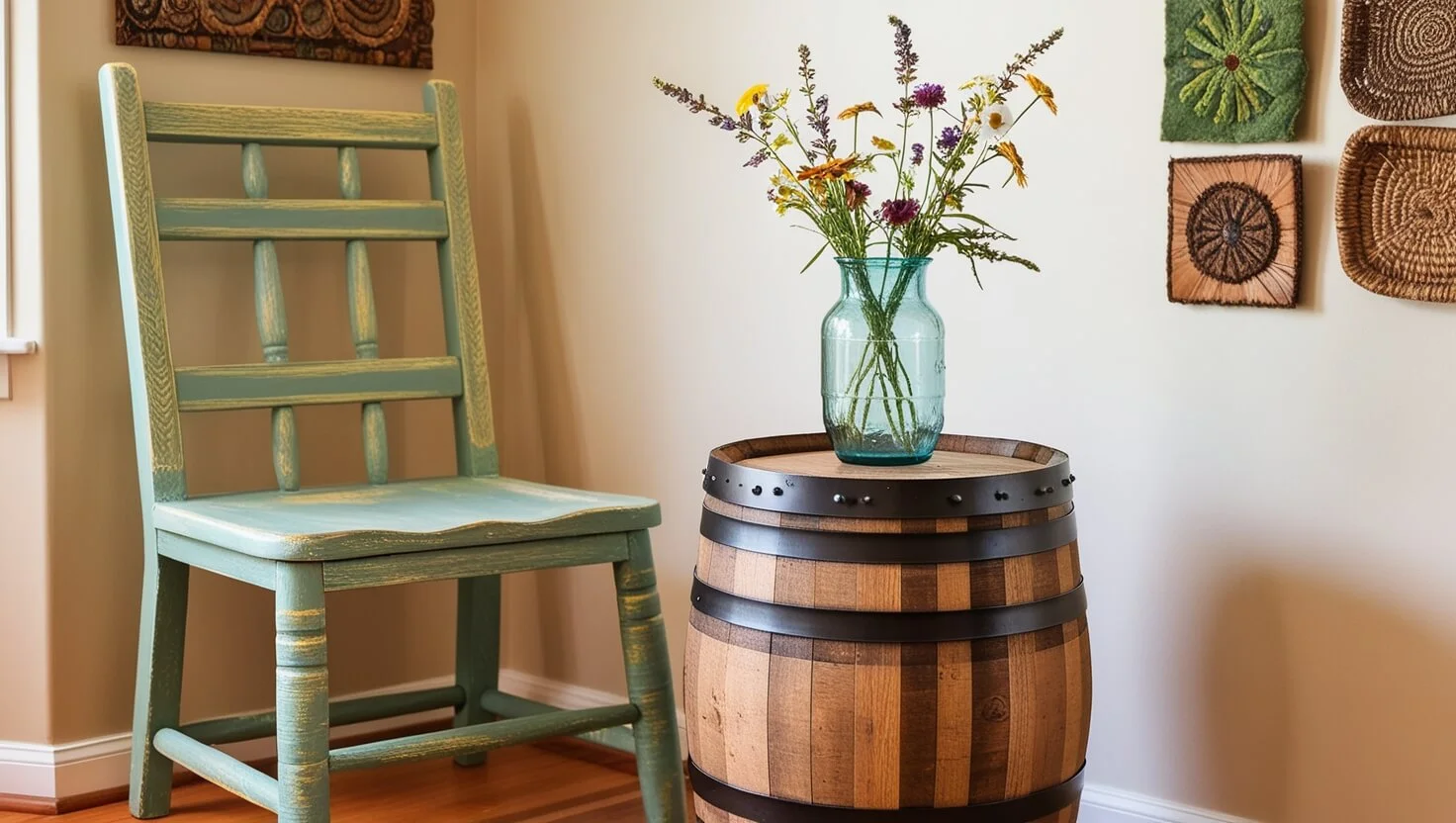
- Upcycling and Repurposing: Instead of buying new items, consider upcycling or repurposing old furniture and decor. This not only reduces waste but also adds a unique, personal touch to your home.
- Energy Efficiency: Incorporate energy-efficient lighting, appliances, and insulation to reduce your home’s energy consumption. Opt for LED bulbs, Energy Star-rated appliances, and smart thermostats to minimize your carbon footprint.
- Sustainable Textiles: When it comes to textiles like curtains, rugs, and upholstery, opt for natural fibers such as organic cotton, linen, or wool. Avoid synthetic fabrics that are often petroleum-based and non-biodegradable.
- Non-Toxic Paints and Finishes: Traditional paints and finishes often contain harmful chemicals. Choose low-VOC or VOC-free paints, stains, and finishes to ensure better indoor air quality and a healthier home environment.
How to Incorporate Sustainable Home Decor?
- Start Small: You don’t have to overhaul your entire home at once. Start with one room, such as your bedroom or living room, and gradually incorporate sustainable elements.
- Shop Locally: Support local artisans and manufacturers who use sustainable practices. This reduces the carbon footprint associated with shipping and supports the local economy.
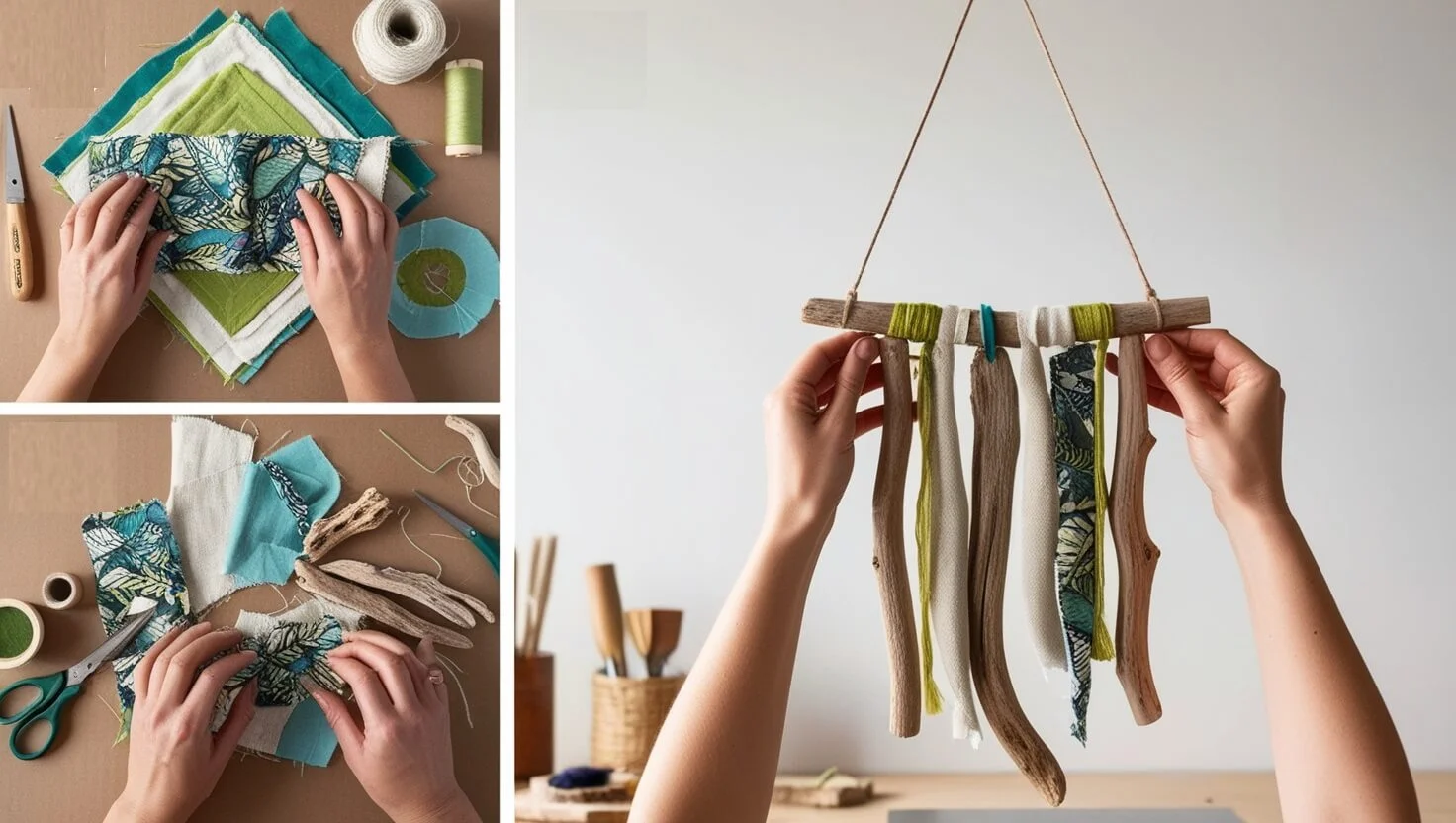
- DIY Projects: Engage in DIY projects using reclaimed or recycled materials. This not only saves money but also allows you to create one-of-a-kind pieces that reflect your personal style.
- Mindful Purchasing: Before buying new decor items, ask yourself if they are truly necessary and if they align with your sustainability goals. Select classic, well-made items that will not go out of trend.
Conclusion
Sustainable home decor is more than just a design choice; it’s a lifestyle that reflects a commitment to the environment and future generations. By making conscious choices in how you decorate and furnish your home, you can create a space that is not only aesthetically pleasing but also kind to the planet. Whether you’re just starting your journey towards sustainability or looking to make your home even greener, there are countless ways to incorporate eco-friendly practices into your decor. Embrace the challenge, and let your home be a testament to the beauty of sustainable living.

